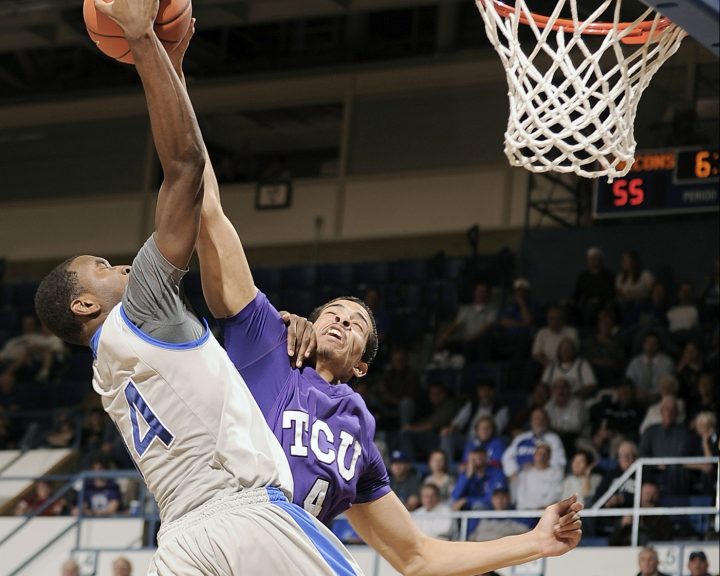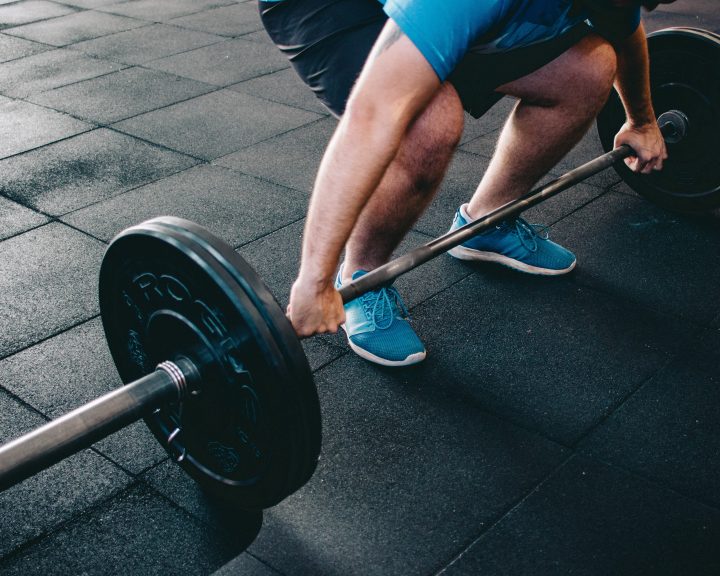The hamstrings are really important for sprinting, jumping, agility, and injury prevention. Their strength (or lack thereof) is implicated in strains from sprinting and even noncontact ACL injuries. Having said that, there are a lot of exercises that one can potentially use to train the hamstrings. If a coach only has a finite amount of time with which to train his or her athletes, it makes sense to use those exercises that are the most effective.
McAllister et al, in the May issue of the Journal of Strength and Conditioning Research, looked at hamstring, glue, erector spinae, and gastrocnemius involvement in the Romanian deadlift, good morning, glute ham raise, and lying leg curl. The authors studied experienced resistance trained subjects (the subjects had a 1-RM on the RDL of almost 196% of bodyweight). Subjects performed two sets of single repetitions at 85% of their 1-RM on the RDL, good morning, glute ham raise, and prone leg curl. These lifts were analyzed in terms of joint angle and in terms of muscle activation via EMG.
Results:
- Biceps femoris activation: during the eccentric phase of the exercises, the RDL showed the greatest biceps femoris activation. This was followed by good mornings, glute ham raises, and the lying leg curls. During the concentric phase of the exercise, the RDL and glute ham raise were very similar in terms of biceps femoris activation and were slightly greater than the good morning and the leg curl.
- Semitendinosus activation: the semitendinosus was most active during the eccentric phase with the RDL, followed by good mornings, then glute ham raises, then leg curls. Note that good mornings and glute ham raises were very similar in terms of activation. In terms of concentric activity, the semitendinosus was most active during the glute ham raise, followed by good mornings, followed by leg curls, followed by RDLs. Note that the good mornings, leg curls, and RDLs were very similar.
- Erector spinae activation: the glute ham raise had the greatest erector spinae activation during the concentric part of the lift. The RDL, prone leg curl, and good morning were very similar in terms of activation during the concentric part of the lifts.
The erector spinae activation was not what I would have expected. I would have expected the RDL and the good morning to have had the greatest activation. The information about the hamstrings is very interesting. Recall that the biceps femoris is the muscle most frequently injured as a result of sprinting activities, especially when it is in the lengthened position. This results of this study suggest that the RDL is going to be the exercise of choice for this followed by good mornings and the glute ham raise. The semitendinosus activation information is also important for injury prevention, in the discussion the authors suggest that these muscles may be important for preventing ACL injuries by resisting tibial translation. This reinforces the fact that during a time when the knee is extended, the RDL is going to be an important eccentric strengthener of the semitendinosus but the glute ham raise may be superior for developing concentric strength.
To me the take home message with this study is that the RDL, glute ham raise, and good morning should form the foundation of strength and conditioning programs focused on athletes. This is especially true of athletes who sprint or are concerned with noncontact ACL injuries. I like the population in this study (very well trained individuals) because the strength levels line up well with athletic populations. The study is not comprehensive, however. In other words, we don’t know if other exercises are more effective than the ones that were studied. For examples, squats, or power cleans from the hang, or one-legged RDLs, that sort of thing. So we know which of the four exercises that were studied are more effective at recruiting the muscles, but the results only apply to those four exercises.
McAllister, M.J., Hammond, K.G., Schilling, B.K., Ferreria, L.C., Reed, J.P., and Weiss, L.W. (2014). Muscle activation during various hamstring exercises. Journal of Strength and Conditioning Research, 28(6): 1573-1580.



